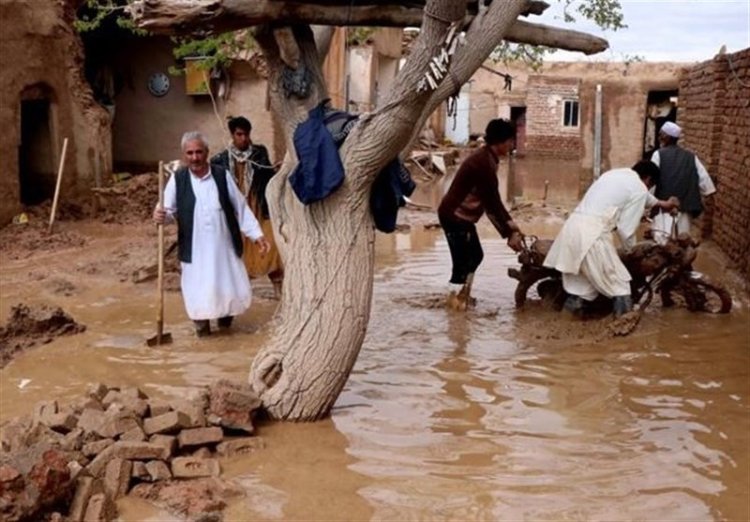Afghanistan’s struggle with climate change: a growing crisis

According to the United Nations Office for the Coordination of Humanitarian Affairs (OCHA) in Afghanistan, the country contributes less than 0.1% of global greenhouse gas emissions. Yet, it ranks among the ten most vulnerable nations to climate change, highlighting the severe challenges it faces.
Rising Natural Disasters Linked to Climate Change
Climate change has exacerbated the frequency and intensity of natural disasters by warming the planet, disrupting rainfall patterns, and accelerating ice melting. This has led to events such as earthquakes, floods, droughts, and severe storms.
In recent years, Afghanistan has experienced numerous catastrophic natural events, including:
- A 6.3 magnitude earthquake in Herat in October 2024, causing significant destruction and loss of life.
- A 6.4 magnitude earthquake in northeastern provinces like Badakhshan in January 2024, which displaced thousands.
- Severe floods and storms in Nangarhar and other eastern regions in August 2023, inflicting widespread damage.
These incidents underscore Afghanistan’s vulnerability to the impacts of climate change.
Impact on Agriculture and Food Security
Climate change has severely disrupted Afghanistan’s agricultural sector, with reduced rainfall and worsening droughts damaging crops and degrading soil quality.
In October 2024, the Famine Early Warning Systems Network (FEWS NET) raised alarms about the ongoing climate crisis, warning:
“If unfavorable rainfall conditions persist through spring 2025, Afghanistan’s wheat harvest will be significantly impacted.”
The report predicted that winter and spring 2025 would bring below-average rainfall and above-average temperatures, further straining the country’s already fragile agricultural sector.
With over one-third of Afghanistan’s population relying on agriculture for survival, according to the UN Food and Agriculture Organization (FAO), declining crop yields are fueling widespread concerns about food insecurity and economic stability.
Impact on Safe Drinking Water
Climate change has exacerbated Afghanistan’s water crisis by depleting groundwater reserves, drying up springs, and contaminating water sources. These factors have worsened the scarcity of safe drinking water across the country.
The United Nations reports that 67% of Afghan households lack adequate access to safe drinking water, forcing many families to migrate due to drought-related displacement.
Economic Implications of Climate Change
OCHA has reported that Afghanistan is grappling with severe humanitarian and economic challenges compounded by climate change. In addition to poverty and international isolation, the country faces mounting climate-related crises.
In 2024 alone, floods across all 34 provinces affected more than 170,000 people, worsening the economic plight of already struggling communities.
OCHA emphasized that humanitarian aid in Afghanistan is insufficient to combat the escalating climate crisis. Urgent and robust measures are required to address the ongoing and long-term impacts of climate change on the nation’s economy and livelihoods.
Call for Action
Afghanistan’s worsening climate conditions demand immediate international attention and action. While the country contributes minimally to global emissions, it disproportionately bears the brunt of climate-related disasters. The United Nations and other stakeholders must increase humanitarian support and collaborate on sustainable solutions to mitigate the impact of climate change on Afghanistan’s vulnerable population.
